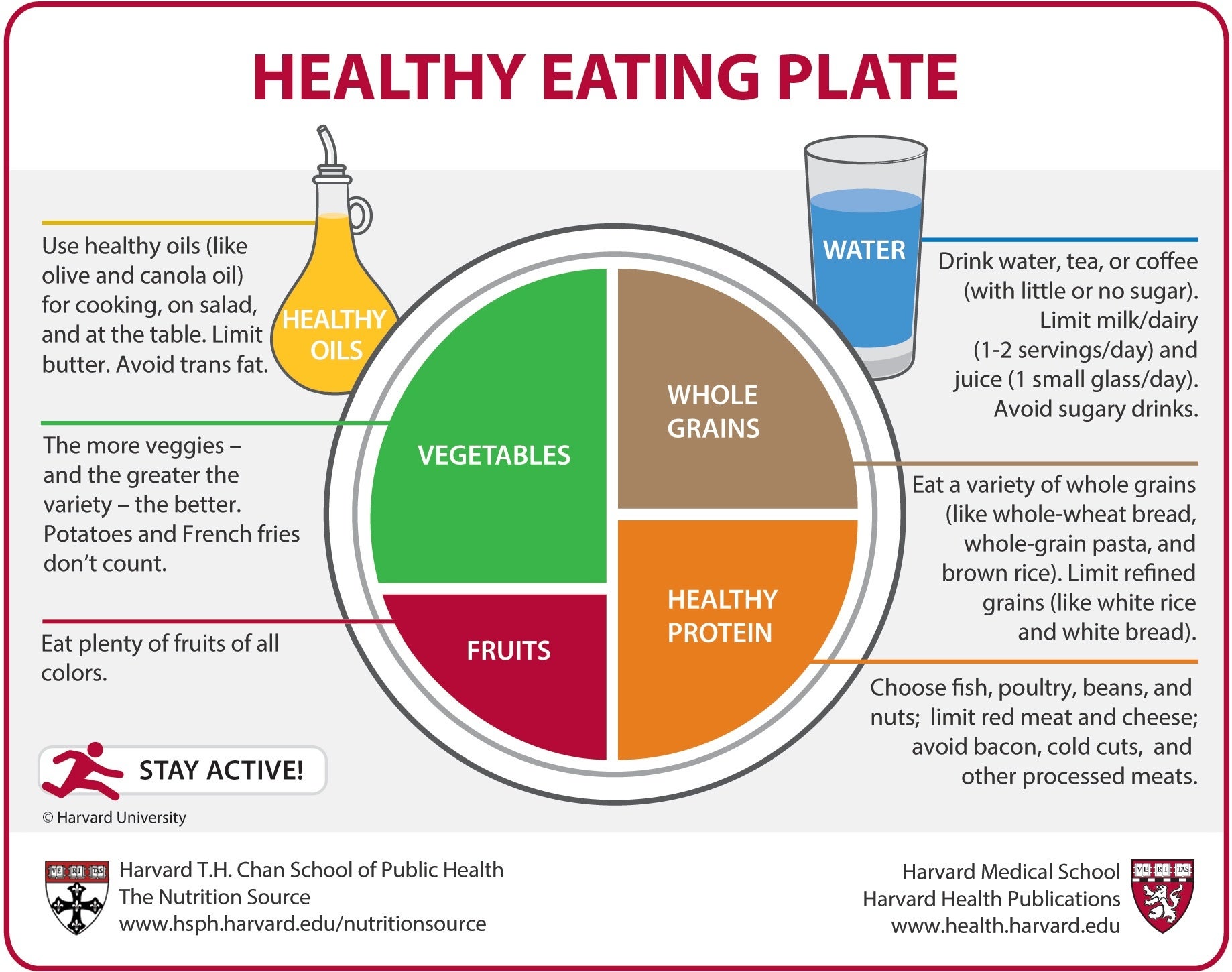Healthy Eating Made Easy: My Healthy Plate Diet Explained
The My
Healthy Plate Diet is a way of eating that emphasizes balanced nutrition and
whole, nutrient-dense foods. The National Nutrition Survey (NNS) 2010 indicates
that up to 85 percent of Singaporean adults fall short of the recommended
intake of fruit and vegetables. In addition, adult Singaporeans are
over-consuming unhealthy refined carbohydrates and whilst healthy wholegrain
consumption is on the rise, it is still well below recommendations. Currently,
60 percent of Singaporeans consume two or more sweetened drinks a day.
An
unhealthy diet is one of the major risk factors that contribute to the
development of chronic diseases, such as heart disease, diabetes and certain
types of cancer, which are the leading cause of disability and premature deaths
globally. The National Health Survey 2010 shows that about one in every nine
Singaporeans aged 18-69 years is obese (Body Mass Index ≥30 kg/m2), a 57%
increase from the previous survey in 2004. This is a concern as obesity
increases the likelihood of the development of chronic diseases such as Type 2
Diabetes Mellitus.
My Healthy
Plate
To address
unhealthy diet habits and associated health concerns, HPB is introducing My
Healthy Plate to better communicate healthy eating habits to Singaporeans.
The My
Healthy Plate Diet was developed as a visual tool to help people easily
understand how to build a balanced, healthy meal. It was created by nutrition
experts at the Harvard T.H. Chan School of Public Health in response to the
outdated MyPyramid food guide. MyPyramid, which was released in 2005, was
criticized for being overly complicated and confusing for consumers. The My
Healthy Plate Diet, on the other hand, simplifies healthy eating by using a
plate as a visual guide. The plate is divided into sections for fruits and
vegetables, whole grains or starchy vegetables, and lean proteins or plant-based
proteins, with a small circle for healthy fats. The My Healthy Plate Diet has
become a popular tool for nutrition education and has been adopted by health
organizations around the world.
By
following the principles of the My Healthy Plate Diet, you can improve your
health, manage your weight, and reduce your risk of chronic diseases.
So, what exactly is the My Healthy Plate Diet? Essentially, it's a way
of dividing your plate into sections for different food groups, and balancing
your meals with a mix of carbohydrates, proteins, and healthy fats. Here are
the key principles of the My Healthy Plate Diet:
The plate
model: When planning your meals, aim to fill half your plate with fruits and
vegetables, one quarter with whole grains or starchy vegetables, and one
quarter with lean proteins or plant-based proteins. This simple visual cue can
help you balance your meals and control portion sizes.
Balancing macronutrients: Carbohydrates, proteins, and healthy fats are all important for a balanced diet. Choose a mix of all three at each meal to provide sustained energy and keep you feeling full.
Emphasizing
whole foods: Foods that are minimally processed and high in nutrients should be
the foundation of your diet. Fruits, vegetables, whole grains, lean proteins,
and healthy fats all provide essential vitamins and minerals that your body
needs to function at its best.
Limiting
processed and refined foods: Highly processed and refined foods are often high
in added sugars, saturated and trans fats, and sodium. These foods can
contribute to weight gain, inflammation, and other health problems when
consumed in excess.
Incorporating
variety: Within each food group, aim to choose a variety of different foods to
ensure you're getting a range of nutrients. This can help prevent boredom and
ensure adequate nutrient intake.
Benefits
of Adopting My Healthy Plate Diet
Now that we've covered the key principles of the My Healthy Plate Diet, let's talk about the benefits. By following this way of eating, you can:
Improve
weight management: By controlling portion sizes and balancing your macronutrients,
you may find it easier to manage your weight and maintain a healthy body
composition.
Better
blood sugar control: Balanced meals with a mix of macronutrients can help
regulate blood sugar levels, reducing the risk of type 2 diabetes and other
metabolic disorders. The Journal of the
Academy of Nutrition and Dietetics found that individuals who followed the My
Healthy Plate Diet had a lower risk of obesity and metabolic syndrome.
Reduce the
risk of chronic diseases: A diet rich in whole, nutrient-dense foods has been
associated with a lower risk of heart disease, cancer, and other chronic
diseases. A review of multiple studies
published in the journal Nutrients found that adherence to the My Healthy Plate
Diet was associated with improved overall diet quality, as well as a lower risk
of chronic diseases such as diabetes, cardiovascular disease, and certain types
of cancer.
Sample Menu
A Sample of My Healthy Plate Menu is presented below of what a day of following the diet might look like:
Breakfast:
Quarter
plate of whole-grain toast with almond butter
Quarter
plate of scrambled eggs or tofu
Lunch:
Quarter
plate of brown rice or quinoa
Quarter
plate of grilled chicken breast or roasted chickpeas
Snack:
Dinner:
Quarter
plate of roasted sweet potato or whole-grain pasta
Quarter
plate of baked salmon or tofu
Here is a video on menu ideas from Singapore Heart Foundation.
By
following this sample menu, you'll be able to fill your plate with
nutrient-dense, delicious foods that will keep you feeling full and satisfied
throughout the day. Experiment with different foods and recipes to find what
works best for you, and enjoy the benefits of a balanced, healthy diet. Start
small by incorporating some of these principles into your daily routine, and
watch as your health and well-being improve over time.




Comments
Post a Comment